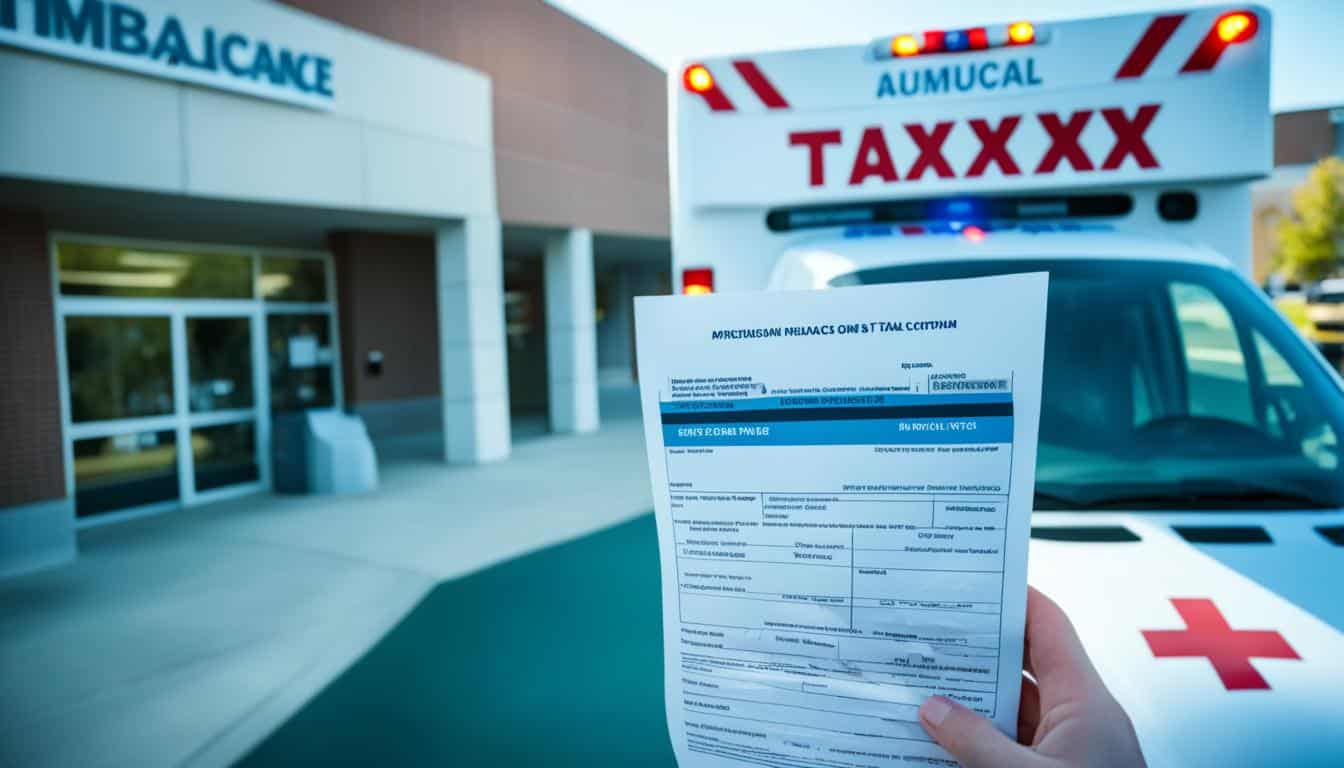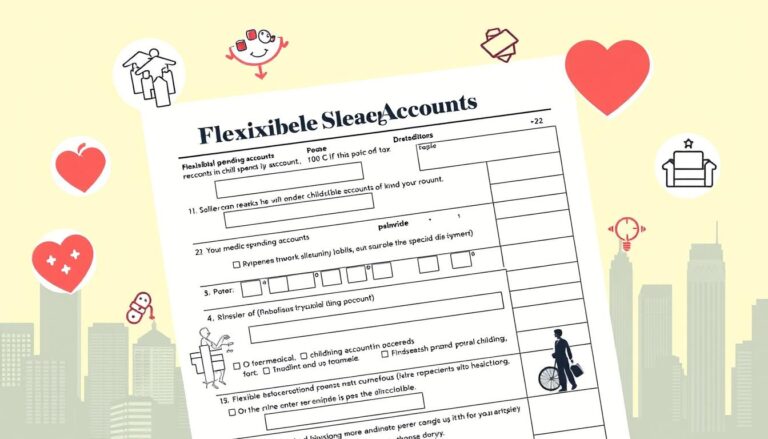Ever faced a big bill after a sudden ambulance ride? You’re not alone. Here’s the good news: sometimes, these costs are tax deductible. Whether ambulance rides are tax deductible depends on some rules. If you meet them, you might save some money.
Figuring out if you can cut costs on ambulance services seems tricky at first. But, we’re here to help. If you spent a lot on getting emergency help, learning about ambulance tax credits is important. It could save you money when you file your taxes.
Many people wonder whether they can get a tax break on medical costs, including ambulance rides. It’s true; ambulance fees raise a lot of questions. It’s crucial to know about potential tax deductions. This knowledge can help you lower your tax bill.
Key Takeaways
- Ambulance rides may be tax deductible based on specific eligibility criteria.
- Tax increases from emergency transportation costs may impact your tax liabilities favorably.
- It’s key to understand tax laws around medical transportation tax deductions.
- Careful documentation is essential to claim deductions on your tax return.
- Consulting a tax expert may help ensure correct reporting of ambulance fees.
Understanding Tax Deductible Medical Expenses
In the United States, understanding tax deductions is challenging but crucial for your finances. Medical expenses are among the items you can deduct. These include costs that help prevent or treat a physical or mental health issue.

What Are Tax Deductible Medical Expenses?
You can deduct a lot from your medical expenses. This includes payments to doctors, hospital stays, and medicine. You can even deduct ambulance costs if they follow specific rules. These are costs for essential medical care, like ambulance rides.
If you’ve wondered about ambulance fees, yes, they can be part of your deductions. But, they must be necessary and not fully paid by insurance.
Criteria for Ambulance Ride Deductions
For deducting ambulance fees for taxes, the IRS has set rules. The ambulance ride must have been for a medical reason. It also can’t be fully covered by insurance or another source. If your insurance pays part, you can deduct what you paid yourself.
- Your total medical and dental expenses must exceed 7.5% of your adjusted gross income (AGI).
- Use Schedule A (Form 1040) to list these deductions.
- You can include ambulance fees, which count as a medical transport tax deduction.
Here’s a simple guide:
| Expense Type | Deductible | Non-Deductible |
|---|---|---|
| Payments to Doctors | Yes | No |
| Inpatient Hospital Care | Yes | No |
| Essential Medical Equipment | Yes | No |
| Ambulance Fees | Yes, as deductible ambulance costs | No, if reimbursed |
Learning these guidelines helps you make the most of your medical tax deductions. This can turn high medical costs into significant savings on your taxes.
Are Ambulance Rides Tax Deductible?
During tax season, finding every possible deduction is key. This is especially true for those dealing with surprise medical bills. So, are you wondering, are ambulance rides tax deductible? It’s crucial to understand which medical costs you can write off.
When and How to Deduct Ambulance Costs
To make ambulance costs tax deductible, they must be vital and not covered by your insurance. You should claim these expenses in the year you paid them. It’s important that they are directly linked to your medical care and not reimbursed by any other source.
These out-of-pocket costs can quickly add up. So, any help in reducing these burdens is appreciated. Knowing what you can deduct can provide financial relief.
Calculating Your Deductible Medical Expenses
Figuring out your deductible medical costs, including ambulance rides, is straightforward. First, add up all your medical expenses. Then, take away 7.5% of your AGI from this total. The result is what you can deduct. This process helps in understanding if ambulance rides are tax deductible.
This method is essential for financial planning. It shows you how much you might save through tax deductions.
Examples of Deductible and Non-Deductible Medical Expenses
Let’s look at what you can and can’t deduct when it comes to medical costs:
| Deductible Medical Expenses | Non-Deductible Medical Expenses |
|---|---|
| Out-of-pocket costs for treatments | General health costs |
| Prescription medications | Cosmetic treatments |
| Medically necessary ambulance rides | Non-prescribed treatments |
| Doctor consultations | Employer-paid health premiums (unless included in W-2) |
Conclusion
Keeping track of your healthcare costs can be hard, especially if you have big unexpected bills. To make things easier, it’s key to know if you can get a tax break for ambulance rides. If these costs meet some rules, you might not have to pay taxes on the money you spent.
It’s smart to save all your medical bills during the year. If you spent a lot and it’s more than the usual tax deduction, you could save a lot of money. Remember to include ambulance costs on your taxes. Getting advice from a tax professional is a good idea. They can help make sure you don’t miss any deductions.
Understanding tax deductions might seem hard at first. But, knowing what you’re doing can really help your finances. By including medical bills, like ambulance costs, you might pay less in taxes. And this could make your healthcare costs easier to handle. So, by being careful and getting the right advice, you can reduce your taxes. This makes getting a tax break on ambulance costs a nice surprise come tax time.








